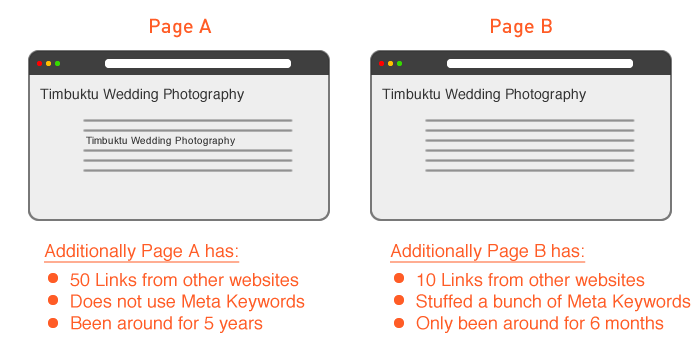Do you have a big header of photos on your site? If so, you may want to rethink that. You could potentially be annoying a large part of your audience.
Usability is the study of how people use things (like websites). And one of the things they track is a thing called Friction. This is when a user wants to accomplish one thing, but the website’s design prevents it or makes it more challenging.
When a potential client comes to your website, what do you think they are looking for? What do you think is most important for them?
I’m willing to bet, it’s not the same 5 images rotating through your header.
No, what would be important to them is to easily find the information they need to make a decision to hire you or not.
But if you have a big header, many people will be required to scroll down to find the menu. (Remember, not everyone has a 27″ iMac like you). And this happens on every single page. And it’s not just to get to the menu, but the user has to scroll to get to the Content as well!
This increases the Friction on your website. But it’s not just your website. This is the first time a potential client comes into contact with your business. This is your first impression. The experience of the website sets the tone for the service they will receive.
So my question to you is, are you committed to assisting your clients in getting what they need? Then, you may consider removing barriers to that. I’d start with getting rid of that big header.


